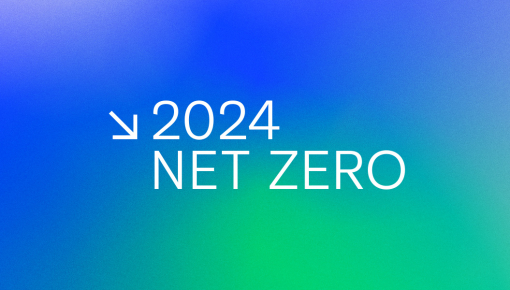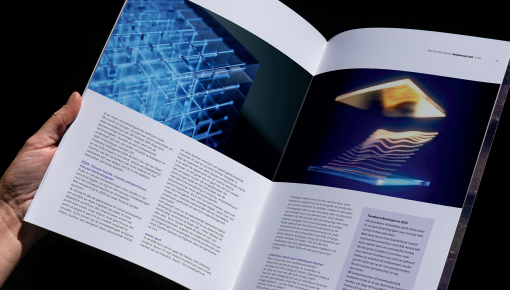Real-Time Health
Growing demand and limited resources are putting enormous strain on healthcare systems across the world. While technology can certainly provide solutions to this challenge, creating value for all stakeholders is crucial. Beyond the user themselves, caregivers, doctors, insurance companies and the healthcare system as a whole need to be aligned to the benefits and effectiveness of smart health.
Putting the needs of the user first and applying technology to create connected, seamless experiences is central to achieving this. Re-framing health as an ongoing, accessible, and intuitive process is an opportunity that technology can help make reality
At CES this year, we saw many foundational technologies that start to paint a picture of this future and inspire us to imagine how we can approach the healthcare experience differently.
Augmented intelligence: Enhancing diagnosis with AI and data
Data in healthcare is perhaps the most crucial building block of them all. For healthcare professionals, being able to look beyond a patient’s symptoms to understand the context in which they appear – living environment, medical history, lifestyle, diet, etc. – is crucial in improving accuracy of diagnosis, as well as the effectiveness of any proposed treatment.
At the same time, providing a user with a better understanding of their own health, on a more proactive basis, can have various benefits to the healthcare system as a whole. From preventative self-care to early detection and treatment, technology can play a role in both removing barriers, as well as improving effectiveness and reducing risks, on an individual level.
Yet, despite some impressive examples – from monitoring biomarkers through a connected urine scan (Withings’ U-Scan), to getting a snapshot of key vital signs via an AI powered selfie (NuraLogix’s Anura app) – the issue of fragmentation is compounded by a lack of interoperability and aggregation of data, leaving the user (or their doctor) to navigate a multitude of individual apps and data sets that may paint different pictures of health.
Mind over matter: Mental health and wellbeing in the spotlight
Accelerated by the global pandemic, the importance of mental health and our overall wellbeing has been (finally) thrust into the spotlight and become the focus for tech innovation over the last few years.
In the case of MoNoA, we also see a great example of the integration between tech, data and health professionals (certified MoNoA coaches) to bring a human touch to the user experience, while delivering equal value for the caregiver, through a greater understanding and real-time view of their client’s progress.
With a clearer understanding of the need for proactive and mindful self-care, integrating technology in a way which is intuitive, non-invasive, and routine will be crucial in driving this shift. Nowatch – the world’s first “awareable” – takes a screen-less approach to this idea, encouraging the user to live in the moment, while quietly collecting bio-data and curating feedback.
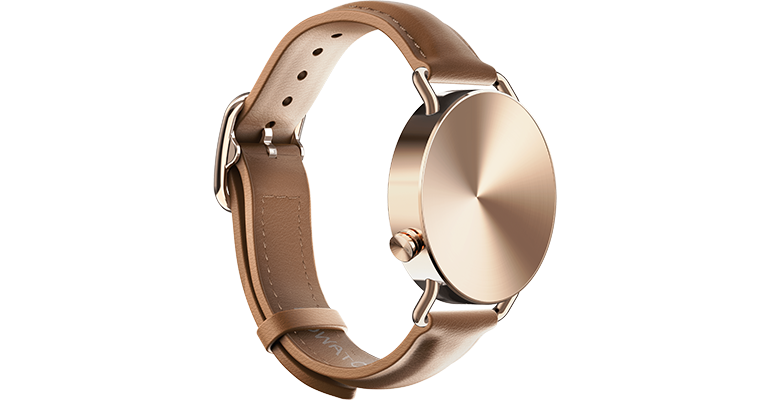
www.nowatch.com
Similarly, Touchpoints Digital Health wearables use non-invasive micro-vibrations to relieve symptoms of stress, anxiety and sleep issues, while also proving effective in treating other neurological disorders such as epilepsy and Parkinsons.
At the other end of the spectrum, Citizen’s 2nd-gen CZ Smartwatch comes complete with your own ‘self-care advisor’ (powered by Google’s Wear OS) to help build better habits, increase self-awareness, and nudge the user into healthy routines.
The Age of adoption: is Age tech demand reaching critical mass?
The opportunity for technology to drive impact amongst elderly consumers is not only large, but seemingly more and more within reach, with adoption rates increasing rapidly, particularly smartphones (estimated by AARP to have risen by around 80% amongst the 70+ age group) and wearable tech.
In a category where stigma and stubbornness can create barriers to entry, design is crucial in creating devices that fit seamlessly into our lives and that people actually want to use. This is particularly important for increasing adoption of health tech in younger groups, to provide a smoother transition into its applications in later life.
Jabra’s enhance plus CTO hearing aid is a great example of this, combining a medical grade technology for moderate hearing loss, with the discrete, comfortable design and functionality users expect from any true wireless earbuds.
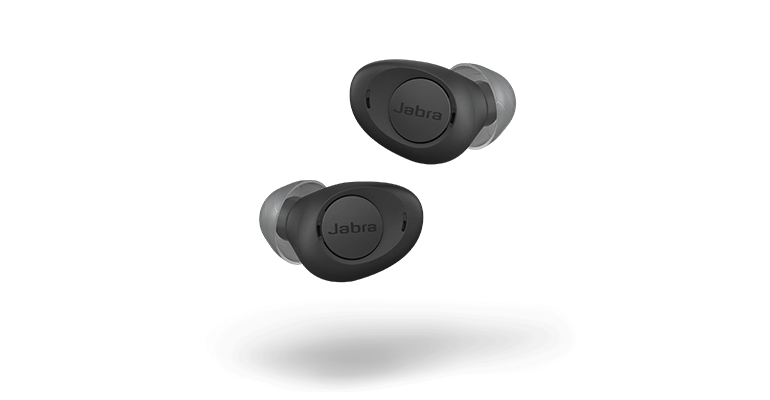
www.jabra.com
Similarly, PERS (personal emergency response system) is a huge opportunity for technology to address, with products such as Motorola’s Moto watch 100 blending necessary safety features with a consumer aesthetic and broader lifestyle experience.
Conclusions
Health tech shows clear signs of transforming the way we approach our physical and mental health in the future. Many innovations showcased this year show great progress in terms of accuracy, convenience and a more intuitive approach to integrating technology into our daily routines.
Nevertheless, we seem to be lacking the collaboration and openness necessary for driving the change needed to truly unlock the potential for this category.
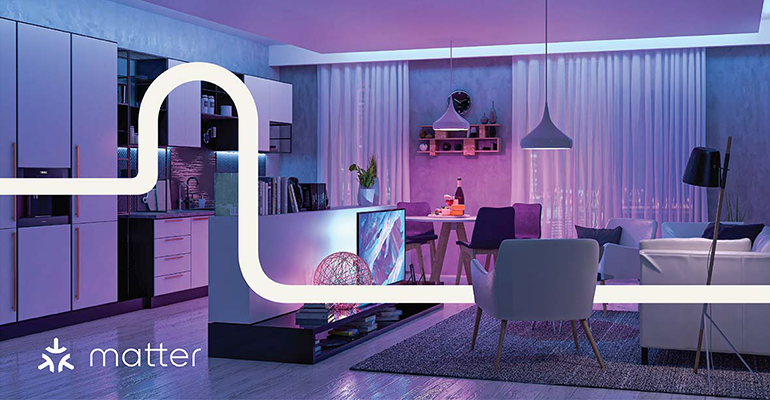
Source: csa
The ‘Matter’ Smart Home Protocol could provide needed inspiration for the healthcare system to build on. Driving Simplicity, Interoperability, Reliability and Security in health tech devices will be crucial in unlocking their potential.
While this will require far more complex collaboration and alignment between healthcare providers, governments and other stakeholders, the building blocks seem to already be in place for us to imagine the integrated healthcare experience of the future.
Check out some of our most recent work in health tech here:
Digid – Smart packaging strategy
Sensius – Head cancer treatment
Technobis Crystallization systems – UX & Brand-led design

